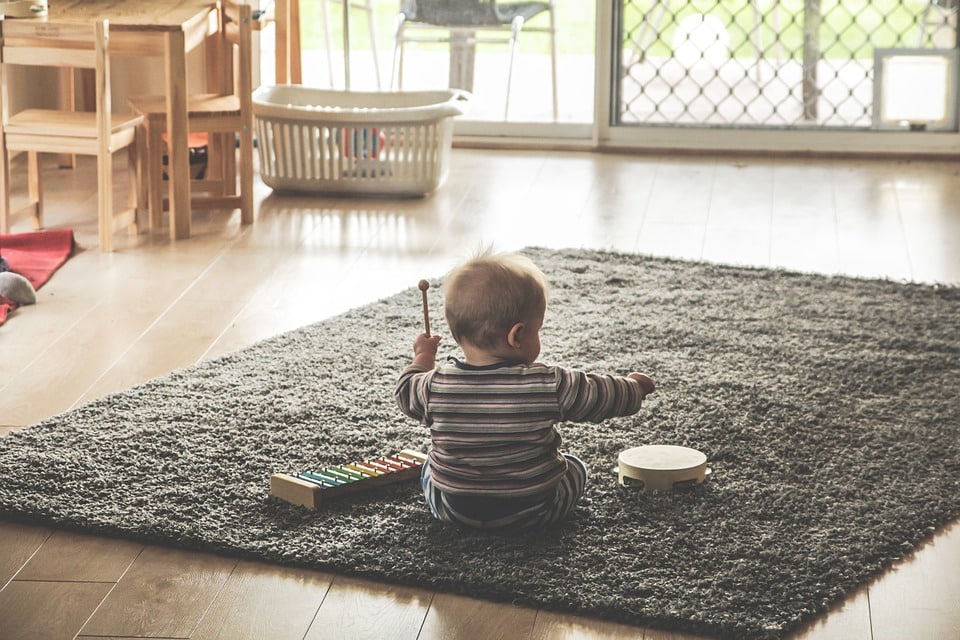I’ve never met an adult who regretted learning to play an instrument. Instead, time after time I hear from adults who wish they had been given the gift of early musicianship- children soak up new skills like this in a way that adults only dream of! So what is the best time to start our children on a musical journey? In fact, beginning musical learning and music literacy development right at babyhood prepares our child for the most success as they grow.

As parents, we know that music is essential to the growth and development of our children. Not only do children love music and often choose to engage with it through dance, singing, or instrument play, music is also useful as a tool for teaching knowledge (how better to learn the alphabet than the ABC song?). It can be used to guide, to calm, to teach, or simply to have fun. Like language, music can be a valuable form of communication and expression for our children. As such, just as we work towards reading literacy as our children grow, we can also work towards giving our children the gift of music literacy.
In early childhood, reading literacy can look like learning to track text, or to turn pages, or to identify the meaning behind pictures in a story. This is all done with the eventual goal of reading and writing words with purpose and understanding. The goal of music literacy, therefore, is the ability to read, write and hear music with purpose and understanding, often via playing an instrument. In very early childhood, this can look like keeping a steady beat, repetition of rhythmic patterns, and identification of high, medium, and low sounds. Even as a baby, your child is not too young to start building these skills, and the importance of starting early should not be dismissed.
Building these foundational skills early is key to helping a child to be truly musically literate. A child who begins their musical journey audiating (moving to show the music playing in their head) a familiar song in babyhood is set up for success when the patterns and songs they have been working with begin to match up with musical symbols. Using this scaffolding approach to music learning means that music creation always feels comfortable and familiar to the child, which means music can easily become a form of creative expression and joy.
So how can you foster music literacy in your child? Sing with them, and sing their favorite songs again and again (which they’ll ask you to do anyway). Keep steady beats with them when you’re singing or listening to music- on your legs, on their back, on their tummy, while you’re holding them and dancing. Dance with them! Enroll them in music programs where they experience creating music as a group with their peers. When you’re choosing your music program, look for that element of music literacy- will your program be helping your child feel and say rhythms? Will it actively encourage an understanding of pitch? Is it purposefully constructed to help them build these skills through play and fun?
Give your child the gift of a well-constructed music education. The freedom to create and understand music will benefit your child and bring them joy throughout their lifetime.
Written by Elise Barber, Med – Owner and Teacher, Little Birds Musikgarten Edmonton
